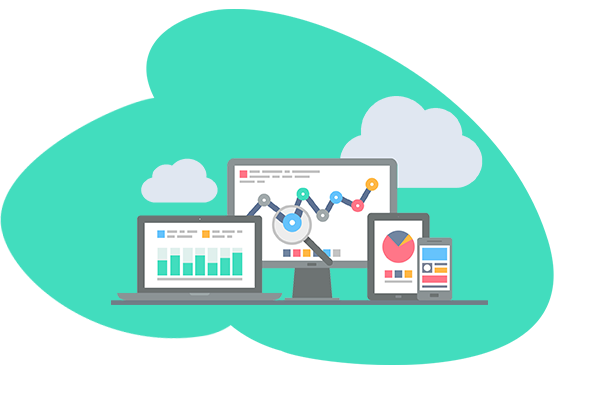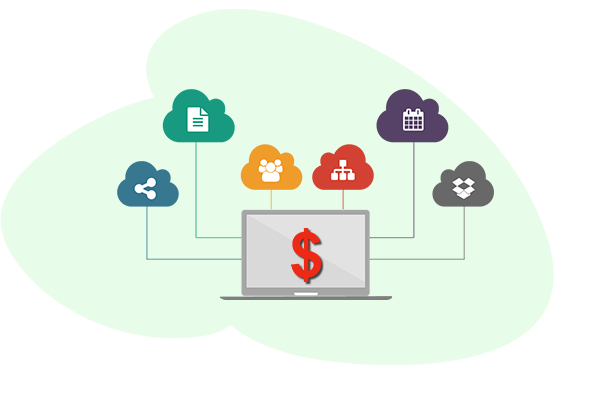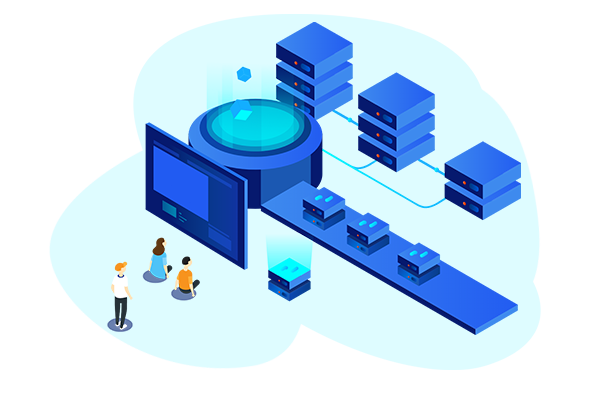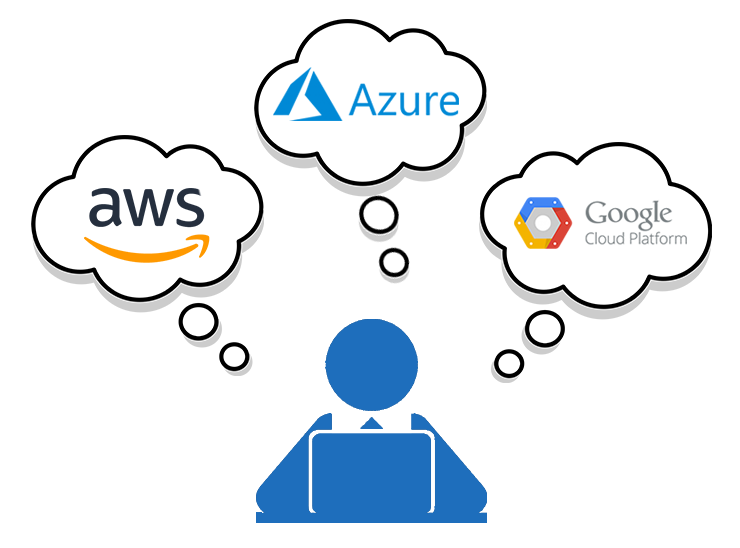Cost Optimization Services
- Save up to 60% on cloud costs
- Streamline your cloud environment
- Increase efficient cloud adoption
Cost optimization in the cloud is a universal issue, whether using cloud. According to research by Crozaint, 57% of IT leaders have exceeded their cloud budget at one point or another. Twenty percent have exceeded it by more than 20%. Any organization investing in the cloud, to any extent, can experience cost overruns.
One of the biggest fears that you may have when it comes to adopting cloud is the fear of runaway spending. After all – cloud is unpredictable. It is PAYG. It scales on demand. It is charged like a utility bill.
We will help you manage your cloud spend. By performing deductive and predictive analytics on your past and expected cloud spend respectively. By helping you make sense of your Cloud bill and attribute the spend to different projects, departments, teams, applications and cost centers.






As an MSP, we will provide granular visibility into usage by department, project, region, workload, app or users allows CIOs to attribute chargeback and prioritize the IT spending.
IT departments that implement effective IT cost optimization—through visibility —can free resources for increased innovation and creativity.






Demand and cost forecasting are both aspects of the cost optimization. We will help you to accurately forecast your cloud spend by effectively forecasting both resource demands and costs.
We will give a simplified view into cloud costs and remove the complexity of analyzing, budgeting, tracking, forecasting, and invoicing public cloud costs.






Like successfully identifying consolidation possibilities, making sure that resources are properly provisioned, “right sized”, and utilized is a big part of an MSPs cost optimization offering.
We build and operate cost-aware systems that achieve business outcomes while minimizing costs,
allowing your business to maximize its ROI.
There are several benefits to the multi/hybrid cloud route, like avoiding vendor lock-in, optimising your performance for as many services as you need, increasing reliability, and decreasing your risk of security attacks.
When you’ve separated workloads across a variety of clouds, you can have more work happening independently, quickly, and, if planned well, more efficiently.
The most compelling reason may just be cost savings, and efficiency is the key to cost savings. When you break free of vendor lock-in, you can start prioritizing how to spend money, not just how much to spend.


